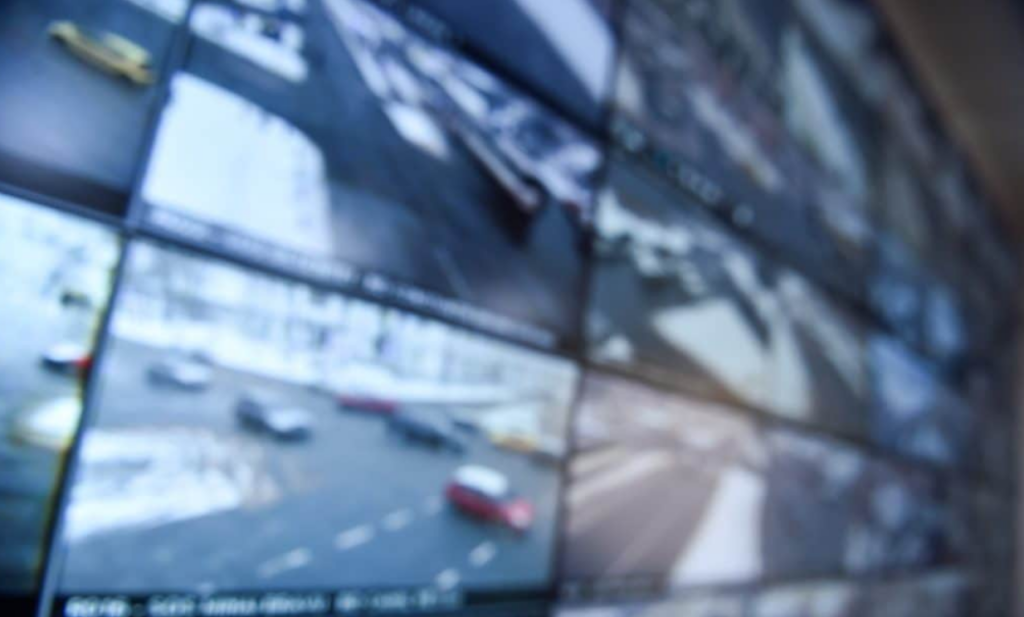Karachi has launched the first phase of its Safe City Project, with five poles equipped with 25 surveillance cameras. A total of 43 poles have been installed so far, and cameras will feed live videos to the Central Police Office (CPO) Command and Control Center. The CPO’s S4 Control Room will show real-time footage to support local law enforcement in reducing crime and improving public safety. The first phase is an important milestone in the city’s efforts to improve security. Once fully operational, the project is expected to expand its reach with more cameras and advanced monitoring technologies across Karachi city,.The Express Tribune reports.
In an exclusive interview online with Biometric Update, Asif Aijaz Shaikh, director general of the Sindh Safe City Project Karachi, said that the safe city project ensures accuracy in facial recognition and vehicle identification by supporting high-resolution cameras, multiple-angle capture, AI and machine learning algorithms, big data analytics, and real-time data processing.
Technology-driven security enhancements
The Karachi Safe City Project uses advanced surveillance systems with digital technology to improve public safety. Facial recognition and automatic number plate recognition (ANPR) are tools included to enable law enforcement to detect criminals, suspicious individuals, and vehicles in real-time. Facial recognition technology from Hikvision compares captured faces to criminal databases, while ANPR scans and identifies license plates to detect stolen or suspicious vehicles.
The system relies primarily on real-time CCTV footage, which the CPO command center monitors. These AI-powered cameras enable continuous observation of high-risk areas, allowing for speedier response to possible attacks and improved overall situational awareness. The initiative incorporates digital tools such as Radio Frequency Identification (RFID) tags, smart ID cards, and automobile registration systems to expedite identity verification processes. These innovations improve the accuracy of tracking individuals and vehicles, decreasing human error. Together, these technologies aim to improve security, deter crime, and maintain the smooth running of Karachi’s law enforcement and traffic management systems.
Headway in phase-I rollout
The IG Police briefed Chief Minister Sindh Syed Murad Ali on the project’s status, emphasizing the goal of installing 1,300 cameras at critical places during the first phase of Safe City Karachi. Surveys for all 300 pole sites and 18 Point of Presence (POP) locations have been completed, and excavation and foundation construction have begun at 200 sites. So far, fifty poles have been placed.
The CPO Control Room and Data Center have obtained the appropriate equipment, including a video wall and live surveillance via 35 cameras, which are now operational in seven places. Shipments from technology partners like Hikvision have arrived, and five Emergency Response Vehicles (ERVs) have been ordered.
Advancing law enforcement with smart surveillance
The Sindh Safe City project represents a digital transformation in police enforcement technology, incorporating advanced surveillance systems that include facial recognition, night vision, and vehicle plate recording. Strategically positioned cameras and AI technology allow law enforcement to instantly identify and track suspects, hence improving public safety and crime prevention in Karachi’s most susceptible locations.
Insights from DG safe city Karachi
Shaikh emphasizes that the inclusion of advanced technologies such as enhanced night vision and continuous learning algorithms helps reduce errors and reliability in urban security applications.
Shedding light on the real-time capabilities of AI-based CCTV cameras, Shaikh noted that these AI-based CCTV cameras offer real-time surveillance capabilities far beyond traditional systems. Several functions like real-time people, object detection and tracking, facial recognition, number plate recognition, and identification, anomaly and behavior detection, crowd and traffic monitoring, intrusion detection, alerts, perimeter security, activity heat maps, real-time video streams, and AI-based audio-video analytics enable proactive monitoring, automation, and faster response to potential incidents.
Addressing concerns over citizens’ data privacy during the DG Safe City project emphasized that the role of strong regulatory frameworks, technological safeguards, and oversight mechanisms is essential. NADRA plays a crucial role as a central authority for secure identity verification and data management, ensuring that data collection and usage comply with legal and ethical standards, he added. However, the protection of privacy must be with clear accountability to prevent misuse of data and maintain public trust in surveillance systems.
Discussing technology partners, he revealed that Hikvision is the primary partner for facial recognition and vehicle identification. BriefCam delivers analytics support, while AMPED handles video enhancement.
He further disclosed that in the future, the Sindh Safe City Project has planned its expansion in five phases over the next three years. He said that they are currently preparing for phase II, which will include an integrated command and control center (ICCC) with a mega monitoring wall of 300 square meters. Future additions will also incorporate intelligent traffic management systems (ITS), regional command control centers, smart vehicles, geographic information systems (GIS), traffic violations, and an e-challan system, significantly enhancing Karachi and other districts of Sindh’s overall digital security infrastructure.
Source: Biometric Update
Ghulam Shabir Arain is a Pakistani journalist. You can find him on LinkedIn.
Become a Patron!
Or support us at SubscribeStar
Donate cryptocurrency HERE
Subscribe to Activist Post for truth, peace, and freedom news. Follow us on Telegram, HIVE, Minds, MeWe, Twitter – X and Gab.
Provide, Protect and Profit from what’s coming! Get a free issue of Counter Markets today.


Be the first to comment on "Karachi, Pakistan Launches Safe City Project with Live Vehicle, Facial Recognition"